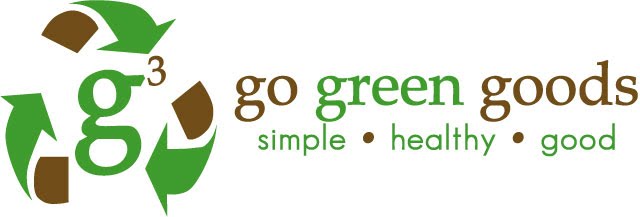Buying recycled paper
By Green Living Tips
Tips for buying recycled paper products
As I was researching for my article on how different products are recycled, I was amazed to discover that recycling paper can at times be a rather environmentally damaging affair and the promotion of recycled paper products be somewhat misleading.
This doesn't mean we should stop recycling paper or buying products made with recycled paper - but perhaps just make more informed choices.
First up, there's the issue of recycled content. There's no hard and fast rules in most countries for how much a paper product needs to have in terms of recycled components to make the "recycled" claim - it could be as little as 5%. So when shopping for paper, look past the big "Recycled!" blurbs and look for smaller text on the package that should indicate the % of recycled content. The higher the %, the better.
The more people buy the higher percentage recycled content paper, the quicker those manufacturers offering the lower percentage varieties might lift their game and stop trying to pull a fast one on the consumer.
Then there's a couple of different variations of recycled content
Post-consumer content
This uses material that has previously been consumed as a product, whether it's a newspaper or cardboard box.
Pre-consumer content
This is from waste generated by the manufacturing process. For example, around 20 years ago I used to work as a printer's assistant for a company that printed copies of a local Yellow Pages. The amount of waste we used to generate was horrific - dumpster loads of telephone books that weren't up to scratch were binned each day.
Of the two types, I guess the post-consumer content could be considered the "greener" of the two as it has completed an entire consumption cycle. However, that doesn't mean you should necessarily turn your nose up at pre-consumer content as its better the waste is reused than goes to landfill.
Some brands of recycled paper also may be a mix of post-consumer content and pre-consumer content; the amount of each should also be noted on the package as a percentage.
Recycled paper scams
There have been instances in the past where companies have been touting their paper is 100% recycled and it's simply not the case. This hasn't confined to small operators either.
For example, in Japan in 2008, a major scandal involving Nippon Paper hit the headlines. Nippon Paper admitted copy paper it claimed to be 100 per cent recycled contained only 59 per cent recycled paper. Other Nippon Paper products were also found to have lower than stated recycled content. This had been going on for 15 years according to this news item. Some of the virgin fiber used in these "recycled" products was coming from the forests of Australia!
I do think the Nippon Paper scandal put all the major manufacturers on notice though, so this type of blatant greenwashing shouldn't be a problem these days. Still, it doesn't hurt to do a search around the web on brand names to see what you can uncover.
Recycled vs. recyclable paper
Another trick to watch out for is the term "recyclable". This just means the paper can be recycled and has no bearing on whether it contains recycled content.
Chemicals
As mentioned in my article "How stuff is recycled" sometimes during the process of making recycled paper, nasty chemicals may be used. Try to avoid products that use chlorine in their production - chlorine bleaching creates highly toxic chemicals called dioxins.
As with all things green living related, remember it's not just what you use that makes a difference, but how much - as recycling takes energy and resources too. Pick up some related tips - the paper reduction diet
Michael Bloch
Green Living Tips.com
Green Living Tips is an online resource powered by renewable energy offering a wide variety of earth friendly tips, green guides, advice and environment related news to help consumers and business reduce costs, consumption and environmental impact .
Subscribe to:
Post Comments (Atom)


No comments:
Post a Comment